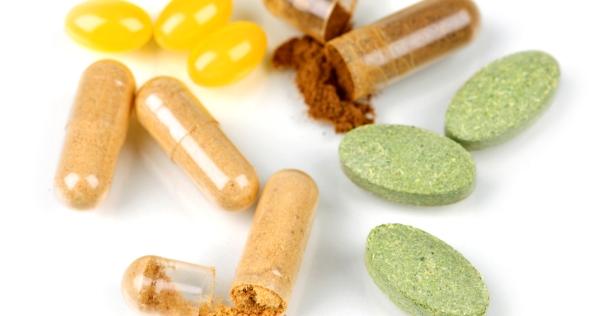
Dangers Lurking in Supplements Prove Need for Oversight (Op-Ed)

Dr. Kenneth Spaeth is director of the Occupational and Environmental Medicine Center, in the Department of Population Health at North Shore University Hospital in Manhasset, N.Y. He contributed this article to LiveScience's Expert Voices: Op-Ed & Insights.
Beginning in February of this year, I began seeing the first of a group of patients that shared similar symptoms and abnormalities in laboratory tests of the liver, thyroid and cholesterol levels. All told, I saw or consulted about 20 patients presenting those symptoms. They came to see me concerned that it was an exposure to pesticides or some other chemical from Hurricane Sandy that had caused those signs and symptoms. Yet none had any known source of meaningful exposure to any chemicals. What's more, the individuals had nothing in common: Where they lived, their occupations, their hobbies, their socioeconomic status and their past medical problems were all different. It turned out that the only commonality was the dietary supplements they took: same brand, same type, even same lot number.
The patients on the highest doses had the worst abnormalities, and one even had to be hospitalized. My colleagues and I advised patients to stop taking the supplements and notified the U.S. Food and Drug Administration (FDA) and the Nassau County Health Department. As patients continued to arrive, a pattern of hormonal changes began to emerge: Women in the group stopped having their periods, were developing facial hair and acne and experienced a deepening of their voices. Men were reporting low testosterone levels and loss of libido. The symptoms, the lab abnormalities and the hormonal changes painted a clear picture of anabolic steroid contamination. Our hospital provided the health department and the FDA with the updated information.
For those patients who stopped taking the supplement, symptoms began to improve within a couple of weeks, but took about 12 weeks to fully normalize. FDA tests recently confirmed what was suspected: The presence of anabolic steroids in the supplements. Unfortunately, it isn't clear how many individuals may have been affected. Certainly more than the ones who I saw, but how many more has yet to be determined.
Unfortunately, contamination of dietary supplements is a regular occurrence — and not just with anabolic steroid contamination. Other regularly identified contaminants include heavy metals such as lead and mercury, prescription drugs, polychlorinated biphenyls (PCBs) and other potentially harmful substances.
A congressional investigation found that nearly all herbal supplements tested contained harmful contaminants. Since the passing of the Dietary Supplements Health and Education Act in 1994 — which classified dietary supplements as a food rather than as a medicine — more than half of all FDA recalls have been for dietary supplements.
As a result — with the exception of suspected health issues , such as those occurring in this case — there is little regulation and no required safety or quality-assurance testing. Putting aside concerns about clinical benefit, or false or misleading claims, the safety concerns alone warrant a reconsideration of the lack of regulatory oversight.
While regulation alone is not a guarantee, it is a critical first step and decreases the likelihood of events like those that triggered the latest recall.
The views expressed are those of the author and do not necessarily reflect the views of the publisher. This article was originally published on LiveScience.com.
Sign up for the Live Science daily newsletter now
Get the world’s most fascinating discoveries delivered straight to your inbox.
EVs could charge 500% faster in sub-freezing weather thanks to simple new manufacturing trick
Gamma-ray bursts reveal largest structure in the universe is bigger and closer to Earth than we knew: 'The jury is still out on what it all means.'
La Crosse virus disease: The rare mosquito-borne illness that causes deadly brain inflammation










